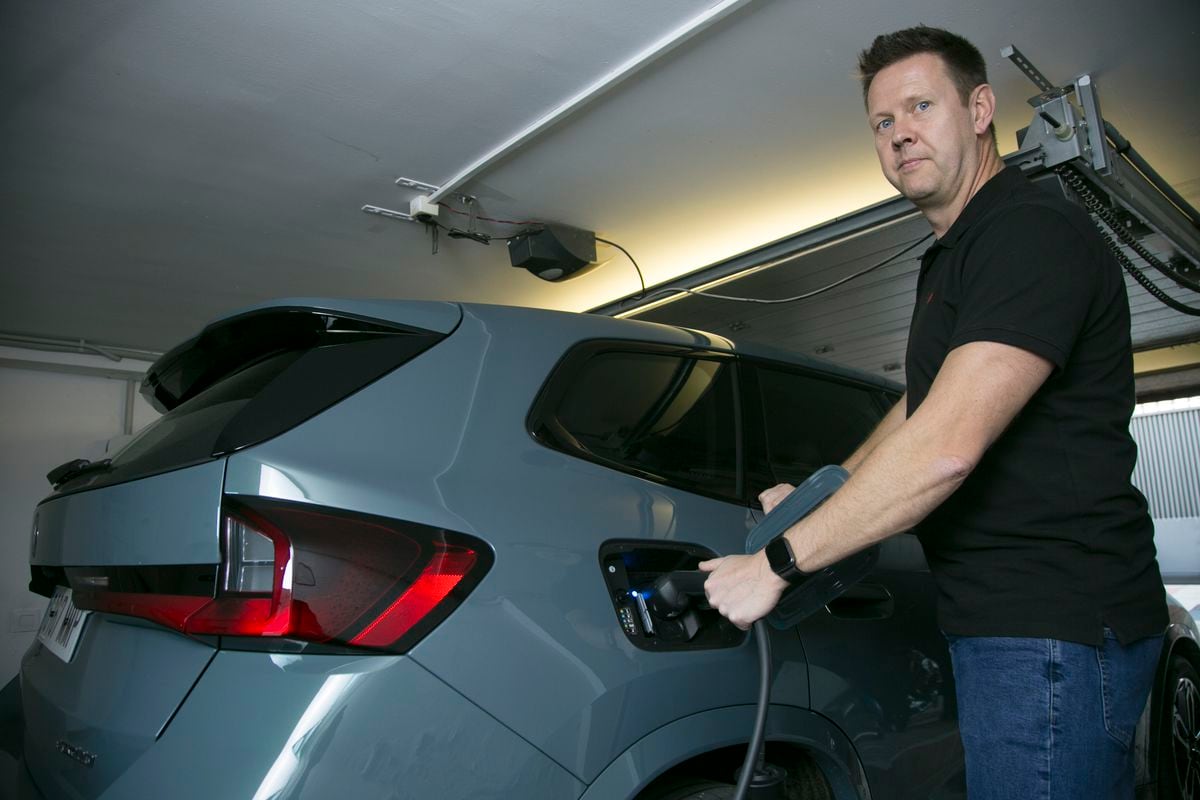Batteries out, pyro in – insurance concedes “low fire risk” after fake fire
Created: 09/01/2022 04:57
By: Marcus Efler
After the revelation by 24auto.de about manipulated vehicles at a crash show, AXA insurance responded with a soothing statement.
But the damage to the image of e-cars has been done.
Update from August 31, 2022, 2:30 p.m.:
AXA insurance responded to reports from 24auto.de that the cars in their crash show had been manipulated.
In addition to the spectacular pictures, a statement can now be found under the download of the press release, which confirms the interventions on the vehicles and repeats the statements made to 24auto.de: The removal of the batteries and the self-ignited fire would have served the safety of the public .
Batteries out, Pyro in: Insurance concedes “low risk of fire” after fake fire
However, it is not clear from the notification that this was only added after publication on 24auto.de.
In the meantime, the wrong impression – and one that has been refuted by serious crash tests – that electric cars pose a particular risk had already spread in other (social) media.
After all, the insurance company now admits that electric cars don't burn particularly quickly: "Fortunately, the risk of fire in cars, regardless of whether they are petrol or electric, is low.
Statistically, only 5 out of 10,000 cars die in a fire,” the statement said.
Update from August 30, 2022, 9:40 a.m.:
The alleged crash test by AXA insurance is increasingly turning out to be a show event without any real gain in knowledge: As the company admitted at the request of 24auto.de, there were no batteries in the tested vehicles .
According to the press office, "demonstrating a battery fire would have been too dangerous due to the guests present, which is why the battery cells of the electric cars were removed before the tests".
With the same reasoning, the insurance company had also ignited the fire of a tested Tesla Model S with pyrotechnics itself.
Fake fire in crash test: electric cars had no batteries
Instead of using their own power, the cars were driven "by a towing vehicle via a tow bar".
This can also be seen in the photos and videos.
An external drive (but not the removal of important components) is also quite common in serious crash tests, after all there is no driver behind the wheel, but at most a dummy.
However, removing the batteries, which has an impact on stiffness and weight, may have changed the crash behavior.
Fake fire in crash test: ADAC sees no risk in electric cars
The statement by the AXA crash show that electric cars (because of their batteries!) can pose a particular risk in a crash contradicts other tests.
This is how the ADAC judged after corresponding crash drives in its technical center in Landberg am Lech: “None of the current electric cars have so far had negative results in a crash test.
Compared to conventionally powered cars, the safety of electric cars is often even better because of the optimized crash structure in the vehicle."
also read
Family drives 4,500 kilometers in a Tesla - electricity costs "blew them away"
YouTuber gets upset about Mercedes service: "It's inadequate!"
First report from August 26, 2022, 11:28 a.m.:
Are cars with electric drives less safe than conventional ones?
Not only since the EU decided to ban internal combustion engines from 2035 has this question been on the minds of many motorists.
Above all, the risk of fires (whether in individual cases like this Tesla or due to production errors in the batteries like the Chevrolet Bolt) is a recurring topic.
Overall, based on previous practical experience, the risk with electric vehicles does not appear to be greater than with combustion engines.
AXA insurance helped with pyrotechnics for the spectacular photo.
© AXA
The insurance group AXA wanted to know for sure and publicly conducted two crash tests with electric cars.
The first focused on the vulnerable underbody with the batteries placed there.
The experts simulated an accident that was triggered by the motor power of electric cars, which took some getting used to: “Most electric cars, especially the powerful ones, have a very high torque, which is immediately noticeable when you tap the power pedal.
This can result in unwanted, jerky acceleration that the driver can no longer control,” explains Michael Pfäffli, Head of Accident Research at AXA Switzerland.
In the crash test, it was assumed that the driver would lose control of a Tesla Model S when accelerating, which would then overturn on a traffic island.
Fake fire in crash test: insurance company ignites Tesla itself
The passenger compartment remained intact, but the underbody was actually badly damaged.
Although the drive battery is very well protected by additional stiffening of the body at the front, rear and sides, according to the AXA researchers, such severe damage could pose a fire risk: the AXA photo and the videos made available to the media show that also to see how the Stromer burns.
However, the spectacular shot showed a fake fire.
Because the battery had not ignited by itself during the crash.
"For safety reasons, it was not possible to ignite a real battery fire at an event with around 500 people, which is why a fire with pyrotechnics was staged," said the press office of AXA in Cologne at the request of 24auto.de: "We wanted to use the fire the accident researchers: on the one hand point out the danger of a cell fire, which can result from damage to the underside of the electric car, and on the other hand point out the problems with fires in electric vehicles in general.
Fortunately, fires are very rare in electric cars as well as in conventional combustion engines.
In the rare case of a battery fire, so-called thermal runaways can
Tesla in the crash test: Two VW Golf crashed into each other
The other crash test simulated a frontal impact at 50 km/h between a conventionally powered VW Golf VII and the electric version.
It should draw attention to the different weight classes: The e-Golf weighs around 400 kilograms more than the combustion engine.
You can find even more exciting car topics in the free newsletter from 24auto.de, which you can subscribe to right here.
The result: the lighter vehicle is at a disadvantage in a crash because the energy load is greater than the heavier one with batteries.
However, since both vehicles have modern safety systems, the effects of the mass difference are compensated and the passenger compartments remain intact.
However, it would look different if older models without modern safety equipment were involved in an accident.
Drivers of heavy vehicles, such as battery-electric vehicles, should therefore be particularly careful and considerate when driving, according to the insurance company.













